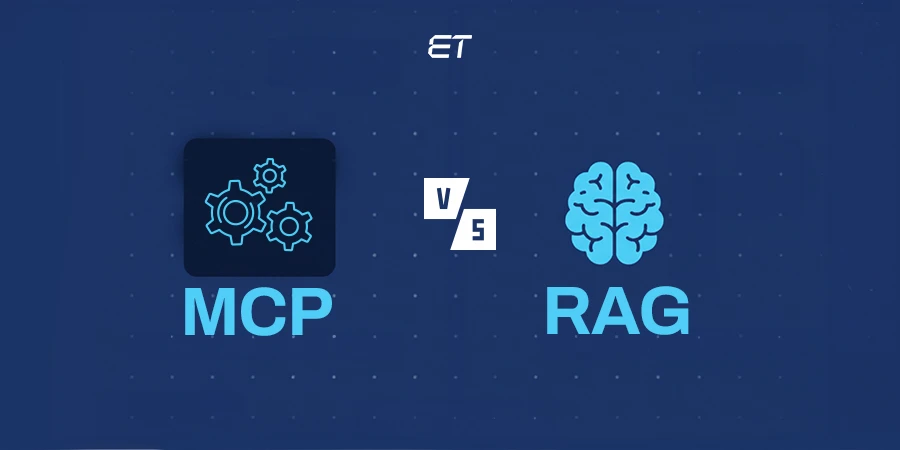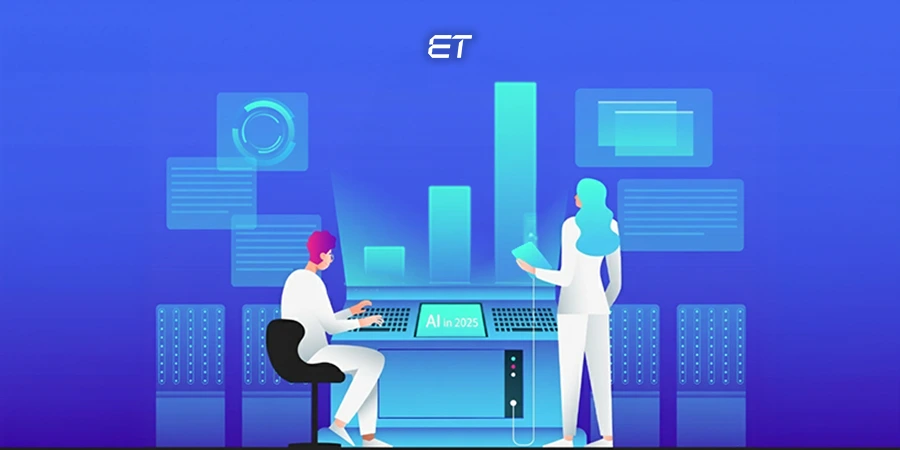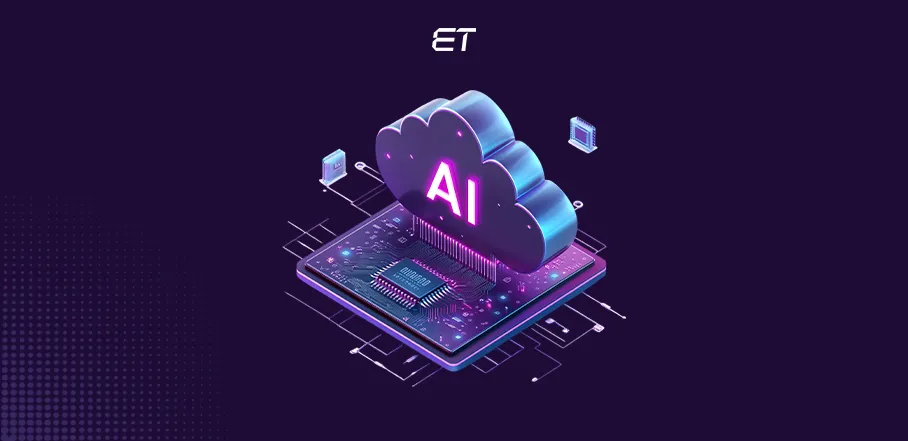
Agentic AI Frameworks: A Deep Dive for Business Leaders
- Agentic AI frameworks offer a simplified blueprint for building powerful AI agents.
- Their key components include memory, perception module, and reasoning engine.
- Some popular frameworks are LangChain, AutoGen, Swarm, and CrewAI.
- Choosing the proper framework involves assessing integrations, scalability, and the learning curve.
Traditional AI waits for commands. Agentic AI thinks, plans, and acts.
You can code such agents from scratch using technologies including Python, machine learning, and RPA (Robotic Process Automation).
Or, you can go for a simple approach and use agentic AI frameworks. These have libraries, tools, and the required architecture for building autonomous AI agents.
But, which is the right framework that fulfills your business goals?
That’s where this blog comes in. We’ll discuss how agentic AI frameworks work, explore the best options, and help you choose the right one for your company.
Time to level up your workflows and hit those business targets!
Need tailored assistance for AI-focused development?
What are Agentic AI Frameworks?
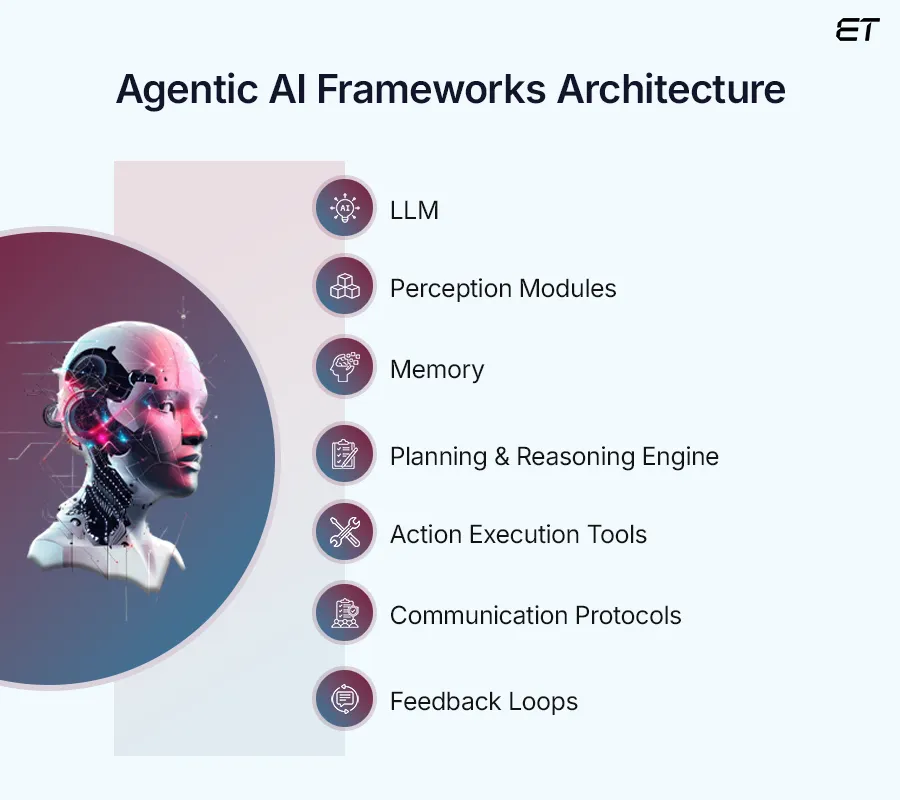
Agentic AI frameworks provide a structured approach for developing AI agents that can independently reason, plan, and act to achieve goals.
For instance, a virtual travel agent built with such a framework can plan itineraries, book flights, and adjust plans if needed.
These frameworks incorporate Large Language Models (LLMs) as the “brain,” providing natural language understanding and generation capabilities.
Beyond LLMs, they integrate tools for external interaction like APIs, memory modules to retain context, and planning mechanisms for strategizing. This feature helps you save time and effort spent on programming agents from scratch. The process also reduces complexity.
Examples include LangChain and Semantic Kernel.
Here are the key components of agentic AI frameworks:
| Component | Description |
| LLM | Understands, reasons, interprets inputs, formulates thoughts, and generates responses. |
| Perception Modules | Gathers information from the environment, including processing text, images, or data from sources like web searches and databases. |
| Memory | Retains context, past interactions, and knowledge, enabling consistent performance across sessions. |
| Planning & Reasoning Engine | Breaks down complex goals into sub-tasks, devises strategies, and supports decision-making. |
| Action Execution Tools | Enables interaction with the external world through APIs, databases, software, or by performing tasks like sending emails. |
| Communication Protocols | Uses orchestrators to assign tasks to specialized agents, ensuring smooth collaboration, reduced errors, and better performance. |
| Feedback Loops & Learning | Evaluates outcomes of actions, learns from successes and failures, and improves future performance. |
Curious about AI-based software development costs?
How Do Agentic AI Frameworks Function?

Think of AI agent frameworks as a team leader building a team of skilled employees for a project. Let’s understand how they operate through an example.
Step #1: Goal Definition
Suppose you provide a goal to the framework – Book a flight from New York to London for next month.
The framework will identify key entities: departure (New York), destination (London), and timeframe (next month).
Step #2: Perception (Initial Search)
The agent first uses its perception modules (e.g., integrated flight search APIs like Skyscanner or Google Flights). It looks for available flights based on the initial parameters: departure location, destination, and timeframe.
Also, the framework checks the current date to determine next month (e.g., July 2025).
Step #3: Reasoning & Planning
The LLM analyzes the search results and might identify ambiguities.
- For instance, “next month” is broad, and so providing specific dates will be better.
- It will also need key details like your preferred airline, time of day, and budget.
Then, the reasoning component may formulate a sub-plan: “Ask the user for specific dates, preferred time, and budget.”
It might also check multiple airlines/booking sites for better deals.
Step #4: Action Execution (User Interaction & Iteration)
The framework ensures the agent asks you specific questions like:
- For ‘next month,’ could you please specify the exact departure and return dates in July?
- Do you have any preferred times of day or a budget in mind?
Based on the input, such as “July 15th to July 22nd, anytime, under $800”, the agent updates its knowledge base. It then searches again using the refined criteria via its flight API tools.
Step #5: Monitoring & Feedback (Confirmation & Booking)
The framework sets up the agent to present the best flight options, including prices, layovers, and airlines. You might get a confirmation question like:
“I found a non-stop flight on British Airways for $750 from July 15th to July 22nd. Should I book the flight?”
Upon confirmation, the agent triggers its booking tools, which can securely integrate with a payment gateway. This way, the agent completes the transaction.
You’ll receive feedback on the booking status. If the booking fails, it will try alternatives or inform you.
Discover how AI agents handle business daily challenges
Top 6 Agentic AI Frameworks
Now that you’ve understood the fundamentals of how AI agent frameworks operate, let’s check out the options available. Here’s a quick rundown of the options.
| Framework | Key Features | Advantages | Disadvantages | Example Use Case |
| LangChain | Integrations, memory management, and RAG | Simplifies development, 600+ integrations, and a large community | Steep learning curve, frequent updates, and latency issues | Klarna automated 70% of support tasks and reduced complaints |
| AutoGen | Async messaging, scalable networks, and observability | Cross-language agents, extensions support, and lower costs | High expertise needed, and time-intensive prompts | Automated academic literature review with Arxiv and Google Search agents |
| CrewAI | Role-based agents, tool integration, and workflow orchestration | Memory mechanisms, user-friendly, structured processes, and community-driven | No streaming, No-code UI missing, and steep learning curve | IBM automated federal eligibility decisions with CrewAI |
| AutoGPT | Internet access, modular architecture, and memory management | Strong community, self-coding agents, and minimal oversight | Expensive and repetitive task loops | Launching a product campaign through research, analysis, and content creation autonomously |
| Semantic Kernel | Plugin architecture, observability, and SDK Support | Multi-agent coordination and simplified OpenAI integration | Complex features, and Resource-heavy | INCM used it for a legal AI search assistant in the Official Gazette |
| Swarm | Individual Agents, agent Handoffs, and lightweight Orchestration | Scalable system, fault-tolerant, and reusable agents | Unpredictable behavior and high resource costs | AI agents co-create novel plots: character, world-building, dialogue |
Let’s discuss the features, pros, and cons of these AI agent frameworks in detail.
1. LangChain

One of the top agentic AI frameworks, LangChain, is an open-source platform. It simplifies LLM-based app development, like AI agents. The modular architecture builds sophisticated and context-aware agents with simple workflows.
Moreover, it connects LLMs to work together step-by-step or utilize external data to answer questions better.
Key Features
- Useful Integrations: It provides integrations with various LLMs like ChatGPT, Hugging Face, data sources (databases or documents), and external tools.
- Memory Management: Supports different types of memory to maintain conversation history and context across interactions
- Retrieval Augmented Generation (RAG): Facilitates connecting LLMs with external data for grounding responses, reducing hallucinations, and improving accuracy.
- Chains and Agents: Helps create chains for sequential operations and Agents for interacting with LLMs to make decisions about the app control flow.
Advantages
- Simplifies complex AI application development, reduces coding effort, and speeds up prototyping.
- Adaptable to multiple use cases, allowing developers to tailor solutions by swapping components.
- Offers 600+ integrations, LangServe for deployment, and LangSmith for debugging.
- Has a vast community with over 3000 contributors for support and resources.
Disadvantages
- A steep learning curve due to the modularity and numerous integrations.
- Frequent updates may require continuous code adaptation and maintenance.
- Abstraction layers and reliance on external services might increase application latency.
Example Use Case
LangChain helped Klarna redefine customer support at scale. The AI agent framework helped Klarna automate 70% of support tasks and reduce customer query resolution time by 80%. Moreover, it reduced Klarna’s customer complaints by efficiently identifying pain points.
2. AutoGen
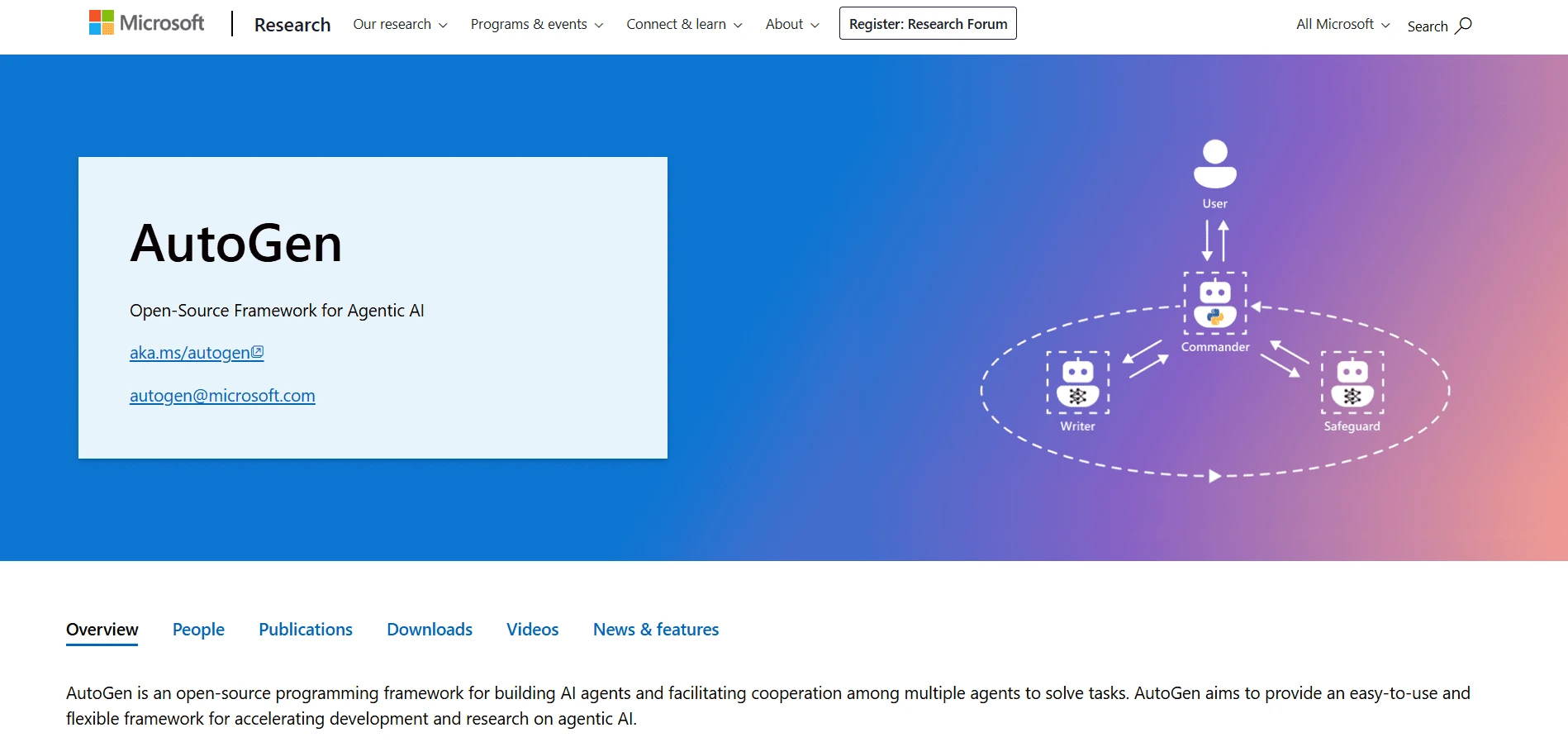
Developed by Microsoft, AutoGen is an open-source framework popular for creating multi-agent apps. It automates code generation, processes, and models for complicated workflows.
AI software developers can build tailored interactive agents that solve specific problems. The platform offers a flexible framework for speeding development and AI research.
Key Features
- Asynchronous Messaging: Enables flexible agent communication using event-driven or request/response patterns without blocking workflows.
- Scalable and Distributed: Helps design distributed agent networks that operate seamlessly across teams and systems.
- Observability and Debugging: Tracks and debugs agent behavior with built-in tools like OpenTelemetry.
- Modular and Extensible: Easily customize agents, tools, and memory with pluggable components for long-running, proactive agents.
Advantages
- Developers can build and integrate agents across different programming languages, enabling collaborative development.
- Built-in and community-driven extensions empower developers to build multi-agent systems, expanding the functionalities.
- Full type support enhances code audits and catches errors early, leading to maintainable agent codebases.
- Automating workflows and reducing manual errors lowers operational costs.
Disadvantages
Demands strong knowledge of multi-agent systems, making it challenging for beginners to get started.
Needs detailed algorithmic prompts, which can be time-consuming and resource-intensive to create.
May enter loops during debugging sessions, making issue resolution difficult in complex workflows.
Example Use Case
You can utilize AutoGen for automating literature reviews during academic research. The framework can help implement specialized agents, such as Arxiv Search and Google Search, for gathering and summarizing data collaboratively.
3. CrewAI
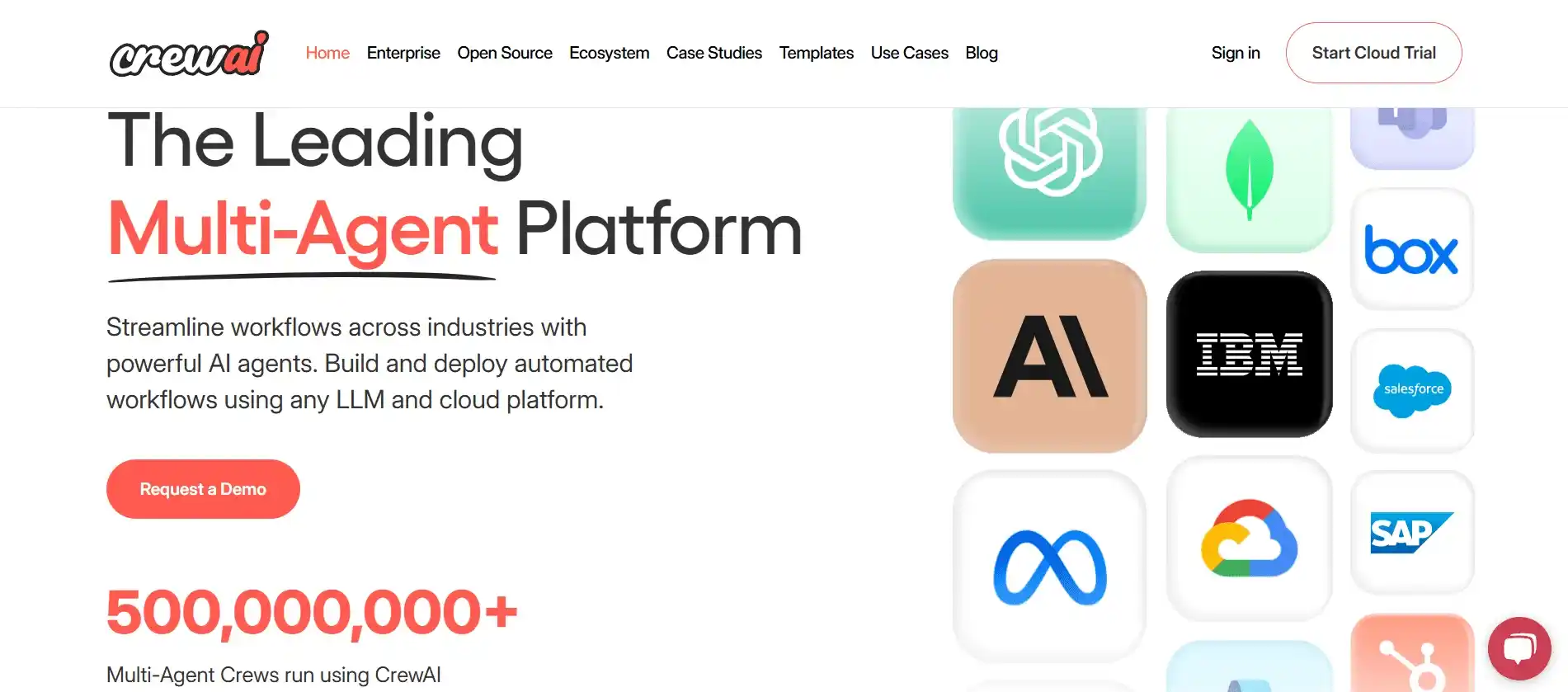
CrewAI is an open-source Python framework designed to orchestrate collaborative AI agents called crews to tackle complex tasks autonomously.
Created by João Moura, the AI agent framework integrates seamlessly with LLMs and tools like IBM Watsonx.ai. The integration makes CrewAI ideal for applications ranging from customer service to retail optimization.
Key Features
- Role-Based Agent Collaboration: Assigns specific roles to agents, enabling structured teamwork for complex task execution.
- Tool Integration: Agents can utilize built-in AI tools like FileReadTool, ScrapeWebsiteTool, and SerperApiTool to interact with external systems and perform diverse functions.
- Flexible Workflow Orchestration: Supports sequential and hierarchical processes, allowing dynamic task management and agent coordination.
- Modular and Scalable Design: Offers a modular structure for defining agents, tasks, and workflows, facilitating scalability for various project complexities.
Advantages
- CrewAI provides mechanisms for short-term, long-term, and entity memory.
- Offers a user-friendly platform for building agents and managing them.
- Structures agentic interactions through defined processes, ensuring better teamwork and task execution.
- Encourages community contributions to help developers expand functionalities and tailor the framework for their projects.
Disadvantages
- CrewAI lacks native support for streaming function calls, affecting real-time data processing capabilities.
- Lacks a no-code interface, making it a little less accessible for non-technical users.
- Has a steep learning curve and offers less customization than frameworks like LangChain.
Example Use Case
IBM uses CrewAI to automate complex federal eligibility processes. CrewAI agents extract data, summarize findings, and calculate eligibility from documents. This speeds up determinations and overcomes challenges with outdated systems.
4. AutoGPT

The next entry in our list of top Agentic AI frameworks is AutoGPT, a platform for automating agents built using GPT-4. It’s an open-source framework with a modular architecture for customizing workflows and agents.
It’s written in Python and developed by Toran Bruce Richards with a back-end tech stack including GPT-4 and GPT-3.5.
Key Features
- Internet Connectivity: It accesses the internet to gather real-time information, enhancing its decision-making capabilities.
- Modular Architecture: The architecture comprises reusable blocks that enable you to depict agent behavior and customize workflows.
- Memory Management: Manages both short-term and long-term memory to maintain context across tasks.
- Autonomous Task Execution: Works autonomously, decomposes goals into sub-tasks, and executes them without human intervention.
Advantages
- The supportive open-source community shares ideas and resources to enhance the framework’s use.
- Offers a user-friendly interface to design and configure AI agents with minimal coding.
- AutoGPT can write and run its code to solve problems or interact with systems.
- It minimizes human oversight, allowing for more hands-off AI operations.
Disadvantages
- Running AutoGPT can get expensive due to numerous API calls for each task, consuming many tokens.
- It can sometimes generate factually incorrect information, requiring careful human review.
- May enter repetitive cycles, attempting the same incorrect subtasks without progress.
Example Use Case
Imagine you need to launch a new eco-friendly product.
AutoGPT could autonomously research sustainable materials, analyze competitor marketing strategies, and generate initial product descriptions. It can even draft a social media campaign schedule for the product.
5. Microsoft Semantic Kernel

Microsoft is a big name in the agentic AI space, so their Semantic Kernel framework earns a place on our list.
The AI agent framework integrates with AI models like OpenAI, Azure OpenAI, and Hugging Face. It enables AI developers to create agents capable of complex reasoning, memory management, and task orchestration.
Key Features
- Modular Plugin Architecture: Integrate native code, OpenAPI specs, or prompt templates as plugins for flexible AI functionality.
- Enterprise-Grade Observability: Built-in telemetry, logging, and middleware support for robust monitoring and debugging capabilities.
- Cross-Platform SDK Support: Flexibility to develop AI apps using C#, Python, or Java with consistent APIs across languages.
- Advanced Planning Capabilities: Includes built-in planners like SequentialPlanner and StepwisePlanner for multi-step tasks.
Advantages
- Coordinate multiple specialized agents to solve problems within a single conversation collaboratively.
- It simplifies OpenAI Assistants API integration, managing chat histories and function calls to reduce development overhead.
- Helps developers create and integrate custom plugins for agents to perform tasks like fetching data or sending emails.
- Python or C# developers can get started using step-by-step guides or notebooks.
Disadvantages
- Integrating advanced features can be tricky without a deeper understanding of the architecture.
- As it’s still evolving, there may be occasional breaking changes or inconsistencies.
- Running sophisticated AI copilots or agents can be resource-intensive.
Example Use Case
Semantic Kernel helped INCM transform legal accessibility by simplifying the integration of AI services for their LIA (Legal Information Assistant).
The AI agent framework provided intelligent document chunking, offering a strong foundation for building an intuitive AI search assistant. As a result, the Official Gazette’s accessibility became simpler.
6. Swarm

The last entry on our list of leading agentic AI frameworks is OpenAI’s Swarm. It’s an ideal platform to understand how AI agents can collaborate, delegate tasks, and boost efficiency.
Here, ‘swarm’ refers to a collection of AI agents working together to achieve a common objective.
Key Features
- Individual Agents: Self-contained units with specific tasks, instructions, and tools, forming the core of the swarm.
- Agent Handoffs: Transfers control and context between agents, enabling collaborative task execution.
- Lightweight Orchestration: Built for efficient multi-agent coordination and execution without heavy overhead.
- Experimental & Open Source: Developed for research and learning, encouraging community contributions.
Advantages
- Facilitates building AI systems that can scale by adding more specialized agents.
- A resilient system where if one agent fails, others can compensate.
- Reusing agent modules can speed up the development of complex AI applications.
- Improved resource utilization by assigning agents specific resources.
Disadvantages
- There may be compatibility and modifications as the platform is still in its early development stages.
- Reliance on emergent behavior can lead agents to make unpredictable decisions without explicit guidelines.
- Orchestrating multiple agents can be expensive, requiring substantial resources.
Example Use Case
You can unleash a swarm or group of AI agents to autonomously research and draft a novel’s plot. Each agent can specialize in characters, world-building, or dialogue.
See how we enhanced a client’s sales and decision-making via AI
Agentic AI Frameworks: Factors to Consider During Selection
Keeping the key features of agentic AI frameworks in mind, it’s time to choose one for your organization. Focus on project requirements, LLM compatibility, community support, and team onboarding time.
This section will help assess these factors so you can make a well-informed and strategic decision for your firm.
1. Integration Ecosystem
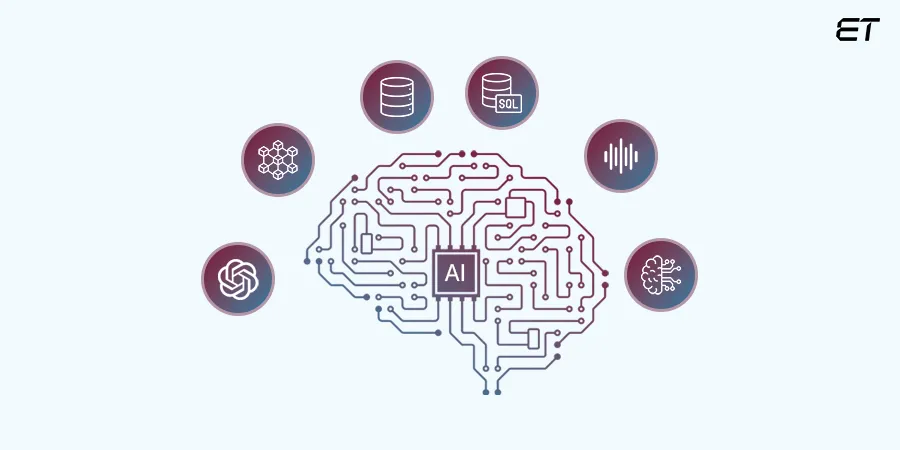
When selecting agentic AI frameworks, assess their integration ecosystem, as this directly impacts your agent’s capabilities.
First, verify if the framework seamlessly integrates with your preferred LLMs like Llama 3 via Hugging Face or GPT-4o. See if it supports self-hosted or fine-tuned LLMs, crucial for data privacy or specialized tasks.
After that, find out the answers to these questions:
- Can you integrate custom internal APIs for your company’s CRM or inventory system?
- Is loading data from traditional SQL/NoSQL databases or cloud storage possible?
Check whether you can code a custom script in Python or other languages for extending the framework’s functions.
2. Ease of Use

Determining the usability of agentic AI frameworks is crucial as it impacts productivity and time-to-market.
Start by assessing the installation and onboarding process of the AI agent framework. Then, evaluate the framework’s API design. Is it intuitive and consistent, or does it feel clunky?
For instance, there must be logically named agent creation, tool registration, and task definition methods for easier understanding. Then, move on to these features:
- Ensure there are built-in debugging tools and systems for understanding the agent’s thought processes.
- Check the quality of documentation, user guides, tutorials, and FAQs that can help developers.
Tip: If there’s a free trial or demo of the framework, opt for it to get hands-on experience with these functionalities.
3. Deployment & Flexibility

Agentic AI frameworks are only helpful when they can run smoothly on your infrastructure and hosting environments.
Start by checking how well the framework runs on cloud platforms like AWS and on-premise servers. See if it’s compatible with container orchestration platforms like Kubernetes and Docker.
This is crucial for consistent deployment and scaling across different environments.
Look out for these features:
- Does it support serverless functions like AWS Lambda for event-driven scaling?
- Is there room for fine-tuning performance parameters, logging configurations, and security measures?
Avoid agentic AI frameworks that are rigid or require extensive workarounds for your specific operational needs.
Wrapping Up
Agentic AI frameworks are constantly evolving with new features that simplify agent building. Features like seamless integration, scalability, and modular architecture will continue helping developers build better agents.
However, to create successful agents, it’s vital to assess framework features before selection. You and the entire software development team must be thoroughly familiar with the platform.
Constant monitoring of how the agents are performing is also necessary.
Ultimately, your project’s needs and business targets will determine the platform’s success. Experiment with various Agentic AI frameworks to find the right fit.
Hire agentic AI framework experts. Build stellar products.
Frequently Asked Questions
1. What problems do Agentic AI frameworks solve?
Agentic AI frameworks tackle problems like automating multi-step tasks and manual oversight in complex workflows. They also improve agentic reasoning and planning.
2. What is the role of memory in Agentic AI frameworks?
The memory of Agentic AI frameworks allows agents to retain context, past interactions, and knowledge gathered. This includes short-term memory for ongoing conversations and long-term memory for persistent facts, like user history.
3. How do Agentic AI frameworks facilitate human-in-the-loop interventions?
Agentic AI frameworks integrate human-in-the-loop interventions via feedback mechanisms, approval queues, monitoring dashboards, and real-time chat.

